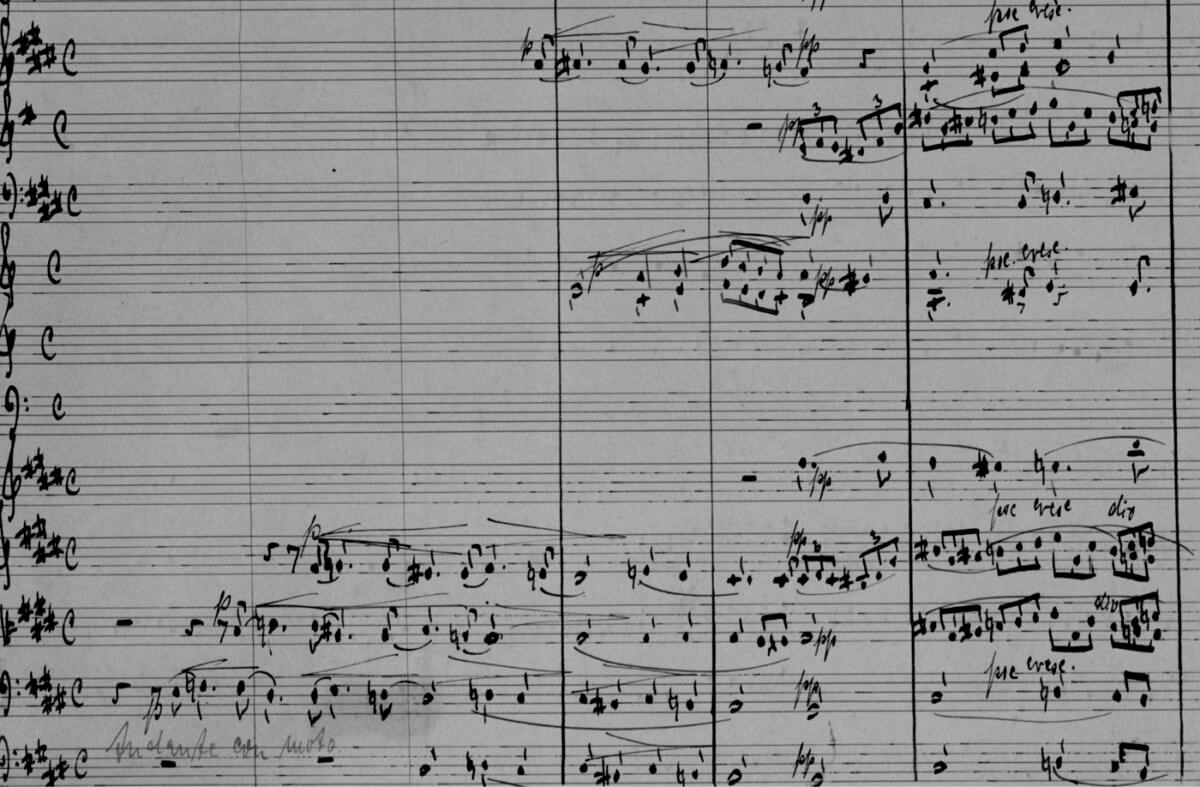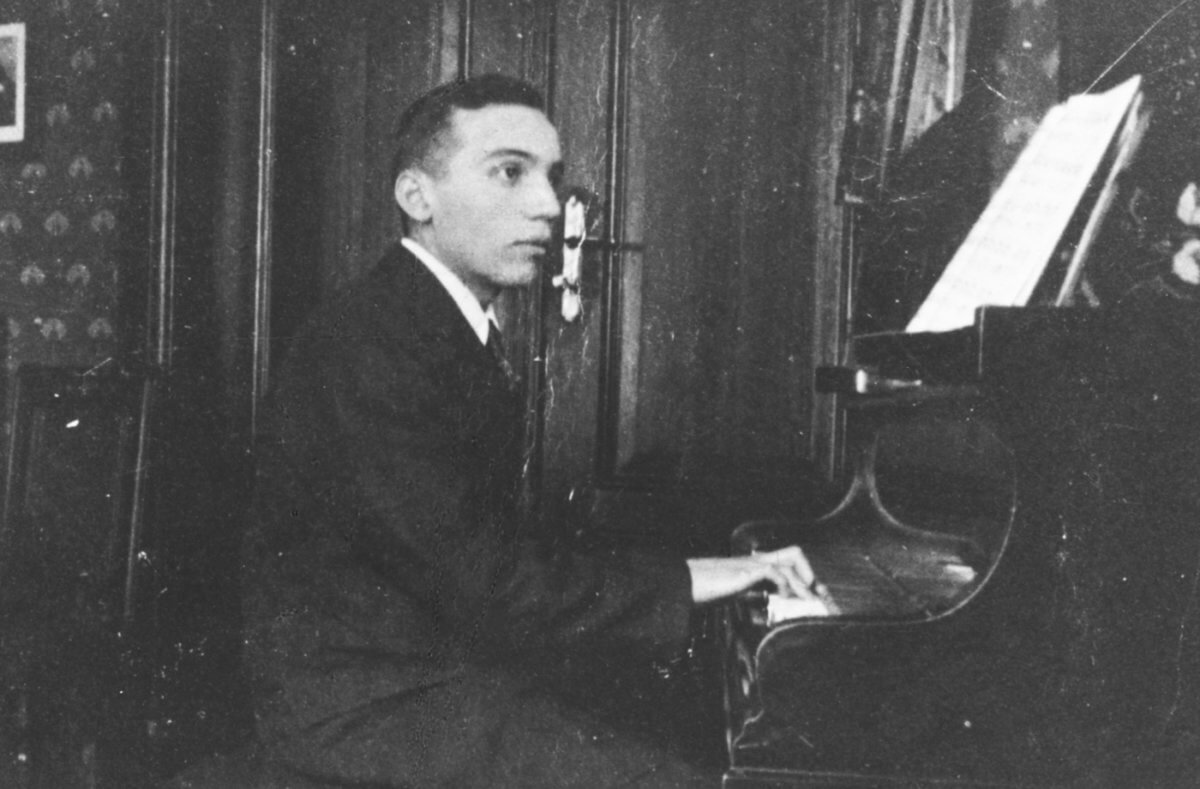Down in the Valley
Work Details
Duration
35 minutes
First Performance
15 July 1948, Bloomington, Indiana University, Hans Busch, dir., Ernst Hoffmann, cond.
For information about licensing this work for use, see our online guide
35 minutes
15 July 1948, Bloomington, Indiana University, Hans Busch, dir., Ernst Hoffmann, cond.
For information about licensing this work for use, see our online guide
The chorus sings , interwoven with the Leader’s sung exposition of the story of Brack Weaver, who “died for the love of sweet Jennie Parsons / He died for the slaying of Thomas Bouché.” (The Leader acts as a singing narrator throughout the work.)
The action shifts to Brack’s cell in Birmingham jail the night before he is to be executed. Brack has just seen the mail train go by, and he asks the guard whether he has received a letter from Jennie Parsons. The guard says no. Anguished, Brack sings . Against the advice of another prisoner, he escapes and sets off for Jennie’s house, with the sheriff and a posse in pursuit.
At 2:00 a.m. Jennie is sitting up on her porch, grieving over Brack’s impending death. Her father tells her to come inside and forget about Brack, but she’s inconsolable, lost in memories of their time together and declaring that her love will never die (). After her father goes back in the house, Jennie hears Brack’s whistle in the distance, and she ventures out to look for him. When she finds him, they embrace, but the posse can be heard circling ever closer. Jennie explains to him her father wouldn’t let her write to him. Brack asks her if she loves him. Yes, she ardently replies ().
Brack recalls their first “date,” when they walked home from a Wednesday night prayer meeting a year earlier, and the scene shifts to the church–the congregation sings , after which Brack walks Jennie home. Brack tells Jennie he saw her walking home the previous week with Thomas Bouché, a shady businessman who had cheated his father. Jennie protests that she has no feelings for Bouché. Brack then asks Jennie if she’ll go with him to the dance at Shadow Creek. When she says yes, he is beside himself with joy (). But when Jennie arrives home, her father is sitting on the porch with Bouché. The much older man also asks Jennie to the dance. She balks, and Bouché says he will return later for her answer, implicitly threatening her. Jennie’s father presses her to go to the dance with Bouché, who is ostensibly helping him with his financial troubles. When Jennie fiercely refuses, her father warns her that she can’t go to the dance with anyone else, either.
Jennie meets Brack at the dance (, based on “Sourwood Mountain”). Brack takes Jennie aside and declares his love for her. At that moment, a drunken Bouché shows up and demands that Brack get away from his woman. Brack refuses, and they fight. Bouché is killed in the melee. Brack flees but is apprehended and imprisoned.
The flashback ends–it’s now almost dawn. Brack surrenders willingly, now that he knows Jennie will always care for him. From the jail cell, he contributes a verse of as Jennie and the Chorus sing a final reprise.
Piano-vocal score
G. Schirmer

